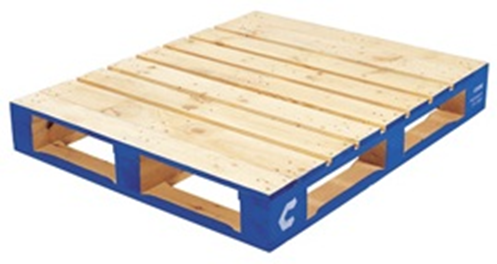SEMA risk categories – the RAG codes.
- Keith D Goodfellow (SARI)

- May 6, 2020
- 2 min read
Updated: Apr 22, 2021

To enable you to priorities remedial actions SEMA use the traffic light system for assessing or grading damage i.e. Red, Amber, & Green which already should give you some indication of the level of damage. These risk categories give an indication of the severity of the issue and timescale for action but they don’t however tell you the exact nature of the damage. That will be flagged up in the damage report covered later. So here is an explanation of each risk category:
Red Risk items: a high level of damage or risk has been identified which warrants immediate offloading and isolation until the risk has been rectified.
Amber Risk items: affected locations should be offloaded as soon as practically possible and not refilled until the risk has been rectified.
The risk identified is sufficiently severe to warrant remedial work, but not sufficiently severe to warrant the immediate offloading of the rack. If repairs are not completed within one month of notification, the item automatically becomes a Red Risk item.
Green Risk items: damage is present but falls within the SEMA allowable limits and should be recorded and regularly monitored at future inspections.
So it is important to understand that it’s not enough to just record the damage, the racks then need to be offloaded. Offloading means removing anything on the racks supported by the affected component. Typically if it’s a beam its offload anything on that beam, and if its part of the frame its anything supported by, or on storage levels above the damage in adjacent bays but this is always dependant on the nature of the damage and construction of the racks. If there is any doubt load offload everything in adjacent bays and seek expert advice. Stock stored directly on the ground is not affected.
And once the locations are offloaded ensure that they are isolated and not reused pending rectification. A supply of pre-printed notices and hazard tape is ideal, or if you have a computer controlled stock location system then you can close them off on this.




Comments